These days, fuel economy is everything. In the wake of the recession, buyers are looking for the most bang for their buck possible. Car manufacturers, under pressure from strict European guidelines, are subsequently keen to eke out every last mile per gallon possible.
Several studies have shown that terms like ‘economical’, ‘hybrid’ and ‘electric’ all chart near the top of the most-Googled terms in relation to cars. Also, mpg figures are now some of the biggest influences on the vehicles that people buy.
The problem, however, is that official manufacturer mpg figures rarely match up with the real-world performance on daily commutes.
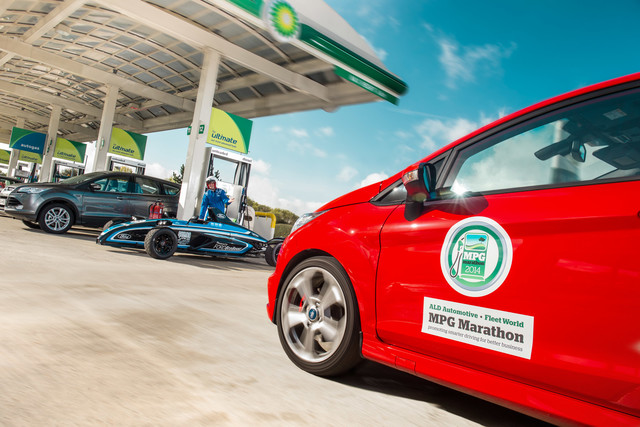
In 2013, the Advertising Standards Agency (ASA) stated that fuel consumption figures released by manufacturers can be extremely misleading. Likewise, a 2014 study by the International Council on Clean Transportation (ICCT) found that the gap between claimed economy and real-world economy figures in Europe can be as much as 45 per cent.
In real terms, this means that a car which claims to have fuel economy of 88.3mpg could in fact deliver a driver only 39.7mpg, a shocking difference between what the manufacturer would claim and what an owner would actually get.
So where do these figures come from? Who measures them and how exactly do they do it? Well, perhaps unsurprisingly, car manufacturers measure their own fuel economy figures.
In Europe, the European Union requires all manufacturers to undertake a series of standardised tests in order to determine fuel efficiency for their vehicles and also tailpipe emissions. However, while it outlines what manufacturers have to do, it’s up to the companies themselves to actually take the measurements.
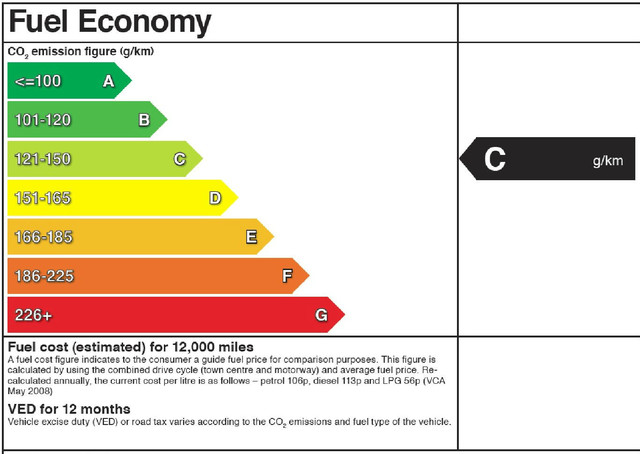
Manufacturers have entire departments devoted to interpreting these test procedures, and it’s not as simple as just driving their cars around a test track a few times to measure fuel mass, either.
Carmakers instead run all fuel economy tests on chassis dynamometers, indoor rolling roads that work in effect like giant treadmills for the car’s wheels to run on.
The EU rules state that companies must test their cars under two conditions, also known as drive cycles. Urban cycles are meant to replicate stop-start driving in built-up areas, while extra-urban cycles ape long-distance motorway cruising. Both figures can then be added together for an average economy figure known as the combined cycle.
Due to the nature of the test labs’ controlled environments, though, the rolling roads don’t account for all the bumps, inclines, speed limits and traffic that’s encountered by the average driver on a daily basis.
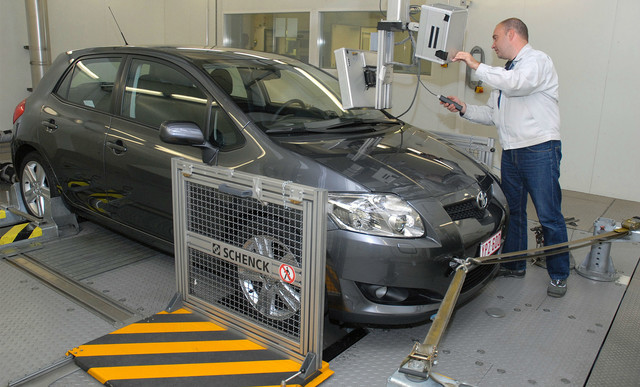
Similarly, a car sitting on a dynamometer won’t account for aerodynamic forces and drag. Because of this, manufacturers have to compensate by adding load to the rolling road in the same way that resistance can be added to an exercise bike.
Fuel usage is then measured by plugging a hose onto the car’s exhaust pipe and analysing the chemical makeup of the exhaust emissions to determine precisely how much fuel is burned during each drive cycle.
The problem with this, of course, is that everything can be controlled by the manufacturer and the EU’s guidelines are often left open to a certain amount of interpretation. Therefore, what a company records on its rolling road can be vastly different to what somebody will get on the A57.
According to the ASA, car manufacturers are also able to use certain ‘cheats’ in order to prepare their vehicles for the compulsory fuel efficiency tests in order to further maximise their economy figures.
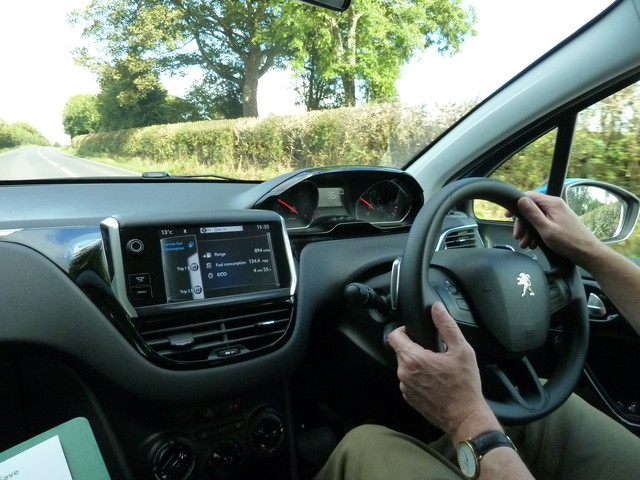
The current EU guidelines allow carmakers to use special oils not used in production cars to improve lubrication. Other major loopholes include the ability to remove the wing mirrors, take out electrical gadgets and even disconnect the brakes to reduce friction.
All of this matters to the consumer because buyers have been duped time and again on fuel economy numbers. Of course, not even manufacturer is out to trick the buyer and some are more truthful than others. Certain companies have been on the receiving end of hefty fines from international bodies after being caught fiddling their figures.
The UK government does run a fuel consumption testing scheme to try and determine more accurate figures, but even it admits that the tests are done under controlled laboratory conditions.
Furthermore, it adds that it neither has the time nor the resources to test every single car model. That means that the only real source of fuel economy figures, outside of personally testing the vehicle for yourself, is from the manufacturer or from automotive journalists.
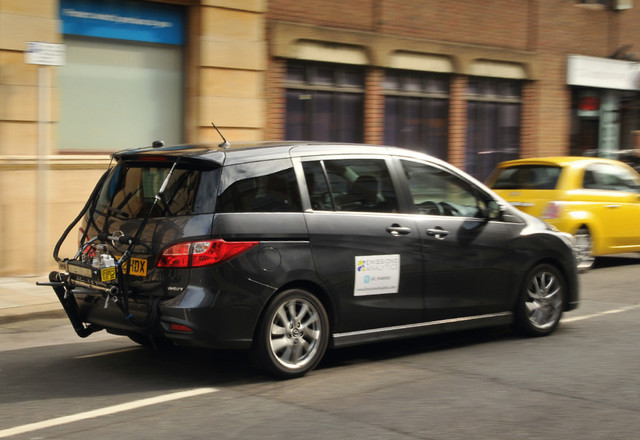
It isn’t just potentially dodgy factory figures that can see fuel economy head south. Driving style, vehicle condition, variations in fuel and even how many miles your car has done can all have an effect.
A car with a good official fuel economy but a poor driver means a low mpg figure will occur. Bad wheel bearings or dragging brakes will also lead to this. Even ambient temperature has an effect; if it’s cold outside, the engine will idle at higher revs, meaning that you’ll be buying more petrol in the long run.
Vehicle configuration can also effect economy, with larger wheels typically using more fuel. Things get even more confusing with hybrid cars, which are particularly sensitive to temperature, and their test methodology differs from that used for conventional vehicles.
That said, just knowing how fuel economy is officially measured can go a long way to helping buyers understand where the numbers on the window stickers come from, and what to expect when on the road.
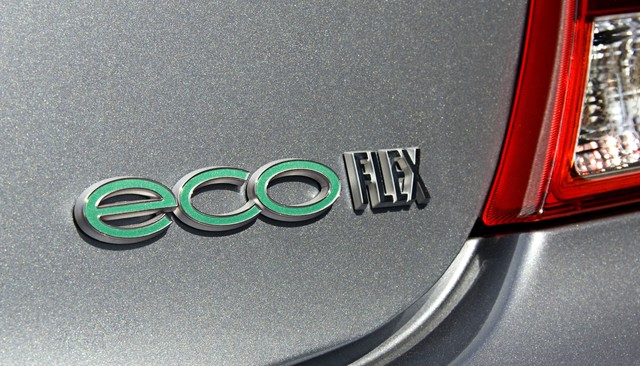
Of course, when taken as a rule of thumb, economy figures are still a decent indication of how economical a car will be. For instance, any car with high mpg figures will still be efficient, just perhaps not exactly as efficient as the label says.
It’s always worth doing your research and getting as much information on a car as you can before you buy, however, so don’t forget to check out the Car Keys site today for all the latest in information, guides and reviews.



